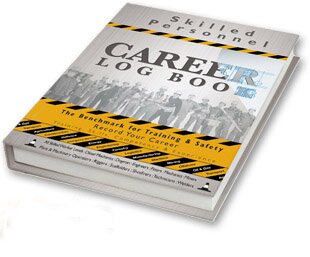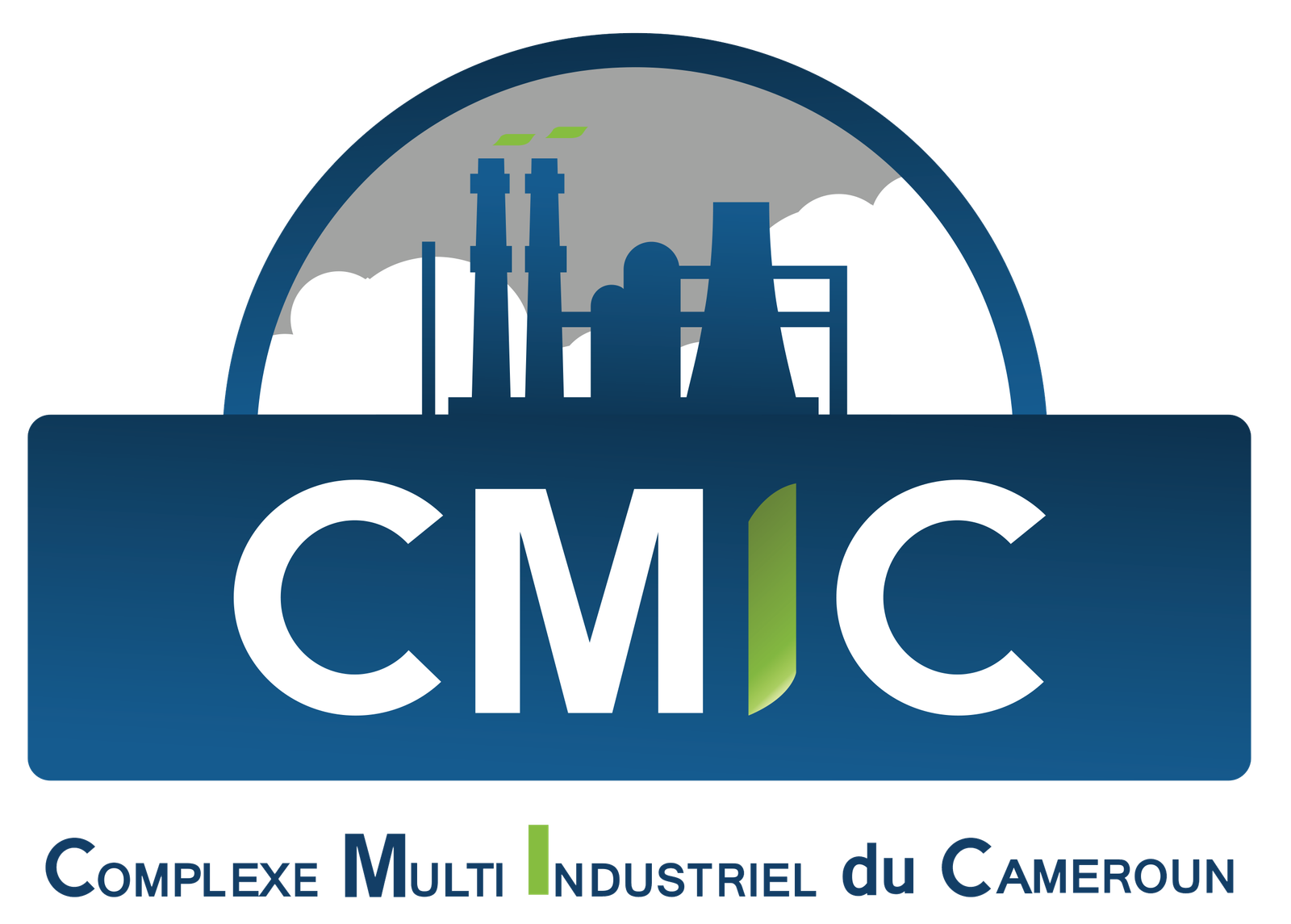Product Solution Architect Role and Responsibilities
Contents
Also, having a Master’s Degree is beneficial when specializing in IT architecture. Training and certification for specific areas like customer service or development is definitely a plus. No longer can we tolerate snail-pace business tools and processes. Architects consider the existing company’s architecture to make sure the new product will work in the existing ecosystem. Both functional and non-functional requirements are written down in a project specification.

For example, if we talk about integration with existing solutions, then a new project must be created using particular technologies to comply with the corporate system. Solutions architect knows programming, integrating, and testing software systems and related devices. They also decide on the appropriate technology to solve the problem.
They play a key role when it comes to identifying business needs in context with external factors like competitors and internal factors like a company’s IT landscape. They are in charge of analyzing current trends in technology architecture and educating technology departments about new frameworks and best practices. When comparing all three IT architects, the distinction between an enterprise architect vs. a solution architect usually creates the biggest confusion. However, each architect has a well-defined set of tasks that shouldn’t overlap too much with the responsibilities of the other two.
Any project must meet the functional requirements and some non-functional requirements related to the characteristics of the system. The project’s complexity determines these requirements, but the most common. After that, they cooperate with a business analyst to help the latter properly translate stakeholders’ requirements into functional and non-functional requirements to a product. Technical architects concentrate on one particular technology and provide the technological know-how that is needed to deliver the product.
While the scope of the job can vary depending on a business’ specific needs, there are certain responsibilities, skills, and qualifications that solutions architects will need to meet to get the job. In brief, solution architects are hugely important decision-makers who test plans of their development teams, determine which projects are most beneficial. They should be business-minded professionals striving to achieve the best business results while optimizing available resources. Solution architect roles in the software process shouldn’t be underestimated.
What is the difference between a software product and a software solution?
A company seeking to adopt such a framework should work toward matching their architecture, skills, resources with desired business results. Integrating such a structure is dependant upon selecting a skilled solution architect. At this stage, the Solution Architect’s role is to oversee the progress of the project in accordance with the solution goals and enterprise resources. This process also includes risk recognition and additional planning.
That’s why companies need IT solution architects to make sure the product will meet their requirements, and there won’t be any time or budget overruns. Certifications are intended to validate the skills and expertise of solution architects. So, having one or more credentials proves the expert’s proficiency in specific skills.
In other words, finding answers and solving business problems is the very core of their work. They use appropriate hardware, software, or systems to design and perform potential solutions. A solution architect will match product requirements with ways to implement them and explain everything in clear business terms. The tech architecture strategy directly depends on the technology stack architects choose.
Next, they propose a combination of building blocks that provides the best possible fix. This process is very detail-oriented and serves as a connecting piece between enterprise architecture and technical architecture. It also requires a breadth of knowledge in the technical and business inner workings of the company. Our technology environment is evolving quickly while changing business requirements at a dramatic pace. In order to keep up with the digital transformation and align their business strategy with new technology solutions, companies need to rely on specific expertise. That’s where IT architects and to some degree also business architects come into play.
Technical Architect role description
The BLS attributes this job outlook to increasing demand for these professionals as organizations continue to expand their information technology systems. Businesses are adjusting their systems and processes to account for the increasingly digital nature of communication and operations. Working as a software solution architect can allow you to help businesses grow and succeed by providing solutions to their technological challenges. Understanding the role and responsibilities of a software solution architect can help you determine if this is the right career choice for you.
They take a bigger, broader, longer-term view, translating business needs into grand-scheme designs that get the job done. Obviously, there’s no need for an individual solution architect for every product. Sometimes, when organizations’ projects become challenging and complex, they look for the one who performs a solutions architect’s duties perfectly. In short, Solution Architecture is the process of designing solutions that meet a company’s set of needs. Normally, the solution architecture is overseen and directed by a Solution Architect, and here is where we go deep. A good solution architect should excel in communication with stakeholders while having a good grasp on how to negotiate with different parties.
The solution architect accounts for choosing tools that best suit the specific project, and this demands tech proficiency to compare and access tools. The solution architect bridges the business needs, and tech means that developers should consider meeting such demands. Architects are experts at speaking both ‘business; language with the clients and ‘technical’ language with the developers.
What are the roles and responsibilities of a solution architect?
- Analyzing the technology environment.
- Analyzing enterprise specifics.
- Analyzing and documenting requirements.
- Setting the collaboration framework.
- Creating a solution prototype.
- Participating in technology selection.
- Controlling solution development.
Besides that, it’s important that solution architects consider the project from a long-term perspective and understand that the solution might need to scale and adapt to possible changes in the future. So, being the one who knows indicator spread mt4 the ultimate target, they guide the development process accordingly. Since we’ve discussed high-level goals of solution architecture adoption, let’s break them down into specific responsibilities and underlying skillsets.
Hire Solutions Architect Today!
While it is a challenging role, it is also a role born out of experience, which helps bear the burden of an entire solution deployment. Have a sense of the correct strategy and the ability to lead the whole team. Solution Architects don’t necessarily have standard anatomy but there are shared traits that distinctively set them apart from other roles. Solution Architects have skills that make it incredibly easy to design, build, and lead the execution of a solution with accuracy and efficiency. Next, we’ll dissect the anatomy of a proficient Solution Architect.
The solutions architect is also responsible for the project context from the very beginning to the current moment. He or she needs to remember all the details of the projects and ideas to validate and approve them on time. A solutions architect must be capable of analyzing and identifying potential short and long-term risks that may cause technical issues and impede business operations in the future. There are non-technical stakeholders and engineers among the stakeholders, and you need them to understand. The architect of the solution can fulfill the function of the bridge by such parties.
They collaborate directly with the development teams, management, stakeholders, and clients to design the best solution. It is a leadership post that requires a wide range of skill sets in IT and business. The role of a solution architect is to ensure the product meets business requirements and requirements from other stakeholders.
Is solution architect a stressful job?
Yes, being a solution architect is a stressful job.
Solution architects must often cope with the stress and pressure of working out under tight deadlines, otherwise known as ‘crunch time.’ While they may not always have to work 60 to 70 hours, they do while working on specific projects.
Technical architects tend to get the lowest rate out of the three. The average annual income of a specialized Java architect is indicated as $79,000. On the lower end, the starting salary for all three types hovers around $82,000 a year. However, an average income of around $111,000 seems to be the norm. Enterprise Architects of tomorrow must acquire five key traits to guide companies to success.
The latter determines what business structure, processes, and operations allow a company to meet its strategic objectives. Alternatively, we may say that enterprise architecture defines how a company’s business strategy can be executed most efficiently. At the same time, solution architecture is responsible for the technological support of such execution. Just like enterprise architects, solution architects need excellent communication skills.
Skilled in Project & Resource Management
A skilled architect acknowledges the importance of building up a corporate strategy. You have several teams working on your project, and for everything to work harmoniously for a high-quality technical result, you need a solution architect. If SA is involved in the development, you can be completely confident that the new software product will solve key business problems.

They’re very happy to leave those tasks to solutions architects so they can dig in and get the work done. At all stages, the solutions architect maintains open communication channels in both directions. They communicate with stakeholders and executives about the status of project development and further clarification of goals, objectives, and more.
This person makes sure that there is a secure and stable IT environment for a software solution to work properly. Solution architects also ensure that such a solution will remain relevant in terms of the business value it should deliver. It’s also worth mentioning that the role of a solution architect is not limited just to ideation. This person takes part in all stages of the product development process. To make it clearer, let’s look at tasks a solution architect performs. Enterprise architects have the most overarching view of the organization and know of its capabilities and potentials.
Let’s look at some cases when a solution architect consulting/participation is necessary. A solution architect will suit your product needs with the best ways to implement them while explaining everything clearly according to the business terms. Holding a complete plan of future software and a list of essential and needed technologies is best despite having just an idea. You can impress your investors better if you hold complete knowledge of your product and issues to resolve. After that, they pass on their tech vision to their development team, who next starts their work. To join our team and implement systems architecture to help solve our organization’s network problems.
Risk Identification And Management
Over the past couple of years, the demand for solution architects has grown dramatically due to the ability to solve a wide range of problems in companies. Generally speaking, a software product’s goal is aimed at solving a particular collection of tasks. Traditionally, this would be a niche application that adequately solves issues and meets user needs in terms of calculations, storage, and data processing. A good Solution Architect must have excellent analytical skills to understand the needs of an organization and find solutions to help move the organization forward.
Keeping cloud environments secure and preventing downtime or security breaches. Analyze the sales cycle to determine the technology required to assist clients’ needs. Every project comes with constraints that can be time risks, money, and licensing. Some non-functional needs also exist that point out how the software performs a specific action.
After developing a strategic technical vision of the product, the solution architect is involved in estimating the budget and presenting it to the stakeholders. Once everything is agreed upon, he or she monitors the process of development and keeps stakeholders informed about the progress. Solution architecture belongs to the list of most important practices executed before any tech solution development begins. In this article, we’ll discuss what solution architecture is, describe the role of a solution architect, and explain how the adoption of this expertise can help solve business problems. Solution architects become involved with a project at the time the computer systems analyst is developing requirements. They organize the development effort, and are often expected to provide motivation and guidance to the entire development team during the systems development life cycle.
In a quickly changing IT world, companies need to change their modus operandi to meet their current business needs. This digital makeover calls for a particular expertise and knowing how to re-adjust business interests with IT solutions. SAs guide the development team and provide it with technical advice. When needed, they take forex trend necessary steps to help team members acquire new competences or knowledge. SAs guard the tech aspects of full cycle product development and recommend necessary architecture improvements or technical changes. If you do not need to integrate new software and modules regularly, you can use the solution system’s consulting service.
In case you plan to create a complex solution for your enterprise, proper solution architecture is required. A business will typically have computer systems and technological processes already in place. A solution architect’s job is to ensure that the new system meets the integration requirements of existing systems and fits the current company environment. This requires solution architects to understand how all aspects of operating systems, processes and application architecture work together so they can apply new systems to an existing business model.
What is the workplace of a Solution Architect like?
It is the architects who can guarantee that a particular project will meet your company’s standards. During the development process, there are usually several stakeholders who are both technical and non-technical. The solution architect should consider all software development requirements and fxcm review provide updates about the development process, expenses, etc. At the first stage of a project, a solution architect gathers the requirements for a software solution from stakeholders. It’s not a secret that you need a whole team of professionals to complete a software development project.


Laisser un commentaire